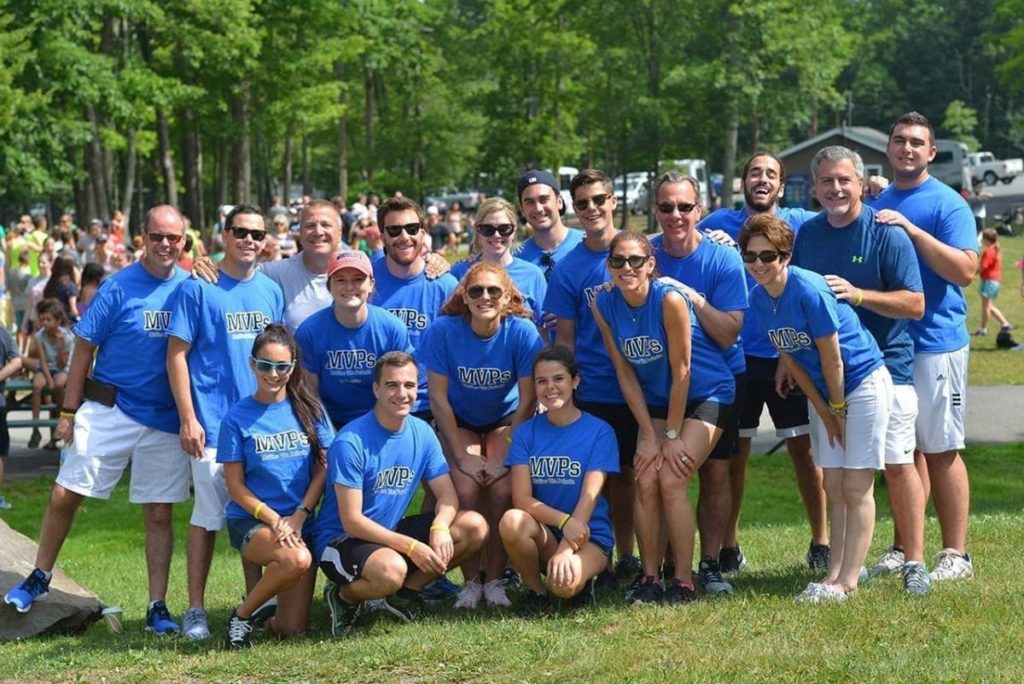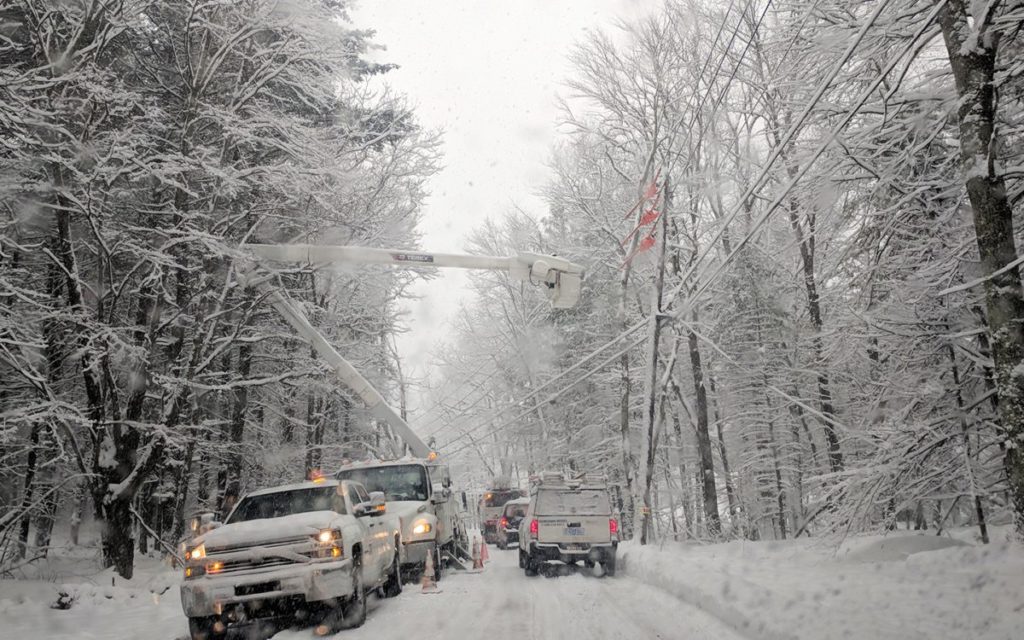Woodloch’s Blog
Keep up-to-date with all things Woodloch on our blog featuring exclusive recipes, heartwarming stories, lifestyle content, contests and more.

Discover Your Roots: Tips for Researching Your Family Tree
Here at Woodloch, we are very fortunate to celebrate a rich 60-year family history of resort ownership and operation. We know that many of our guests are interested in our family history as well as their own, and we want to offer some tips about how to begin researching one’s ancestry!
1. Gather information
If you’re anything like us, your attic/basement/garage/storage room is probably filled with old photos, letters, newspaper clippings, and general mementos that offer insight into your family’s past. Gather what you have, and start there.
2. Speak with relatives
Now that you’ve compiled the resources that you’re working with, begin talking to family members. See how they can help provide more information and fill in the blanks. Parents, grandparents, aunts, uncles, cousins — your extended family is probably chock full of stories they would love to share; they’re just waiting for someone to ask! The best questions start with “what,” “why,” and “how.” You’ll want to dig deep to get the most out of your questions!
3. Write it down
Make sure you get all of the above information in writing so that you don’t have to go back and try to rely on memory. A great place to start is with a quick search for “pedigree charts” on Google. Free charts abound, and this is where you can start logging all of your family history on paper.
4. Search the internet and explore genealogy websites
This is a given. The internet is overflowing with information right at your fingertips. It is by far the easiest way to gather information quickly. Websites such as FamilySearch.org and Ancestry.com are great places to start researching family name databases and begin connecting the dots.
5. Organize what you have
Once you’ve gathered all of your findings, enter them into the family tree programs that you’ve decided to use either online or on paper charts. Be sure to fi le copies/notes/photographs in an organized manner, and keep all of this information in a safe place.
6. Plan what’s next
Once you’ve compiled and documented all of your research, you may want to visit the towns that your ancestors lived and explore sites where records are kept, such as courthouses and places of worship, to gain access to additional resources firsthand.
We wish you the best in your search and happy hunting!
Filed Under: reunions






























